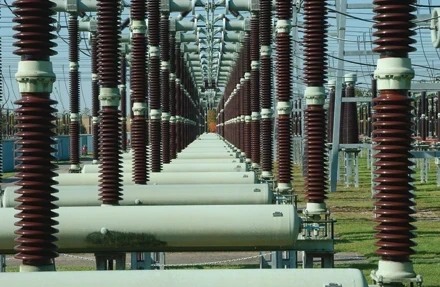FERC Reviews PJM Colocation Rules for Data Centers and Large Energy Loads

The Federal Energy Regulatory Commission (FERC) has launched a review of the rules surrounding the colocation of large energy consumers, such as data centers, with power plants within the PJM Interconnection region. This review follows concerns raised by stakeholders, including major energy companies like Talen Energy, Constellation Energy, and PSEG Power, who are considering colocating data centers at nuclear power plants. These developments are prompting a reevaluation of how such arrangements could impact grid reliability, cost structures, and regulatory frameworks.
The debate centers around how these large energy loads, typically high-demand facilities like data centers, should be classified within the grid system. Currently, PJM allows for colocated facilities but has strict rules regarding grid services and cost-sharing. The review was initiated after FERC questioned whether these existing rules are sufficiently just and reasonable for the needs of evolving grid demands and large-scale energy consumers.
The review's timeline and potential outcomes are uncertain. Analysts suggest that FERC may not reach a decision by mid-2025 as initially expected. Instead, a more extended review could push the decision into late 2025. PJM's recent submission emphasized that any new rules should ensure that participants pay for the grid services they consume, with a focus on maintaining reliability. The grid operator also presented five possible conceptual frameworks for colocating large energy users with power plants, some of which are more favorable than others for stakeholders involved in such arrangements.
A key aspect of PJM’s proposals is the designation of colocated loads as “network loads,” which would require them to pay for specific grid services. Among the options, PJM favored those that maintain resource adequacy and grid stability, such as colocating loads that bring their own generation or cut energy use during emergencies. However, the agency also noted that these rules may be influenced by state laws and vary depending on the arrangement made between stakeholders.
The companies, particularly Talen Energy, which has proposed colocating a data center with its Susquehanna nuclear plant, have raised concerns that the current colocation rules could negatively impact their economic models. Talen’s arrangement with Amazon Web Services, for instance, may be affected by PJM’s preference for more grid-integrated setups. If FERC decides to approve PJM’s current or modified proposals, it could reduce the attractiveness of behind-the-meter projects that are isolated from the grid.
The outcome of this review will have significant implications for the future of data center placement in the PJM region, potentially affecting how energy-heavy industries align with power generation sources. The decision could reshape how large loads and critical infrastructure like data centers are integrated into the grid, and influence how companies approach the logistics of power generation and consumption moving forward.
As FERC continues its review and solicits feedback from stakeholders, the final regulations will likely set important precedents for how the energy sector adapts to the increasing demand for data services and other high-load consumers.









